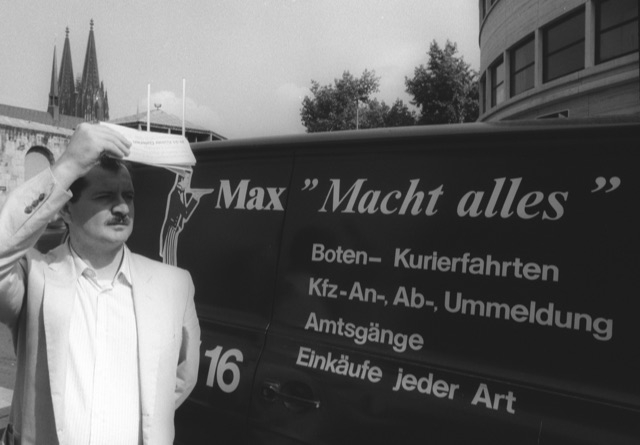LISTE first opened its doors in 1996 and since then has developed into a key art fair for new galleries. E. Gutzwiller & Cie, Banquiers has been a supporter from the beginning, and has been the main partner since 1997. The private bank, located in Basel, was founded in 1886 by Carl Gutzwiller and is still owned and managed by the Gutzwiller family and their partners. Ahead of this year’s fair, ArtReview has asked four LISTE alumni to reflect on their first LISTE. Massimo De Carlo, who represents artists including Maurizio Cattelan, Paul Chan and Rashid Johnson at spaces in Milan, London and Hong Kong, took part in the inaugural edition of LISTE in 1996.
Why did you decide to get involved in LISTE, and how was your first experience of first fair?
What motivated me to take part in the first edition of LISTE was firstly the socioeconomically challenging landscape of the time: in 1991 there had been a huge financial crisis in the art market. This crisis, though, contributed to the emergence of a series of younger alternative fairs such as UNFAIR in Cologne or the Gramercy [nor the Armory Show] in New York and, of course, LISTE. These were perfect fairs for young galleries that needed to develop relationships and to expand their client network – a process that was and is still key to the decision by a gallery to participate in any fair – but with a smaller and more realistic budget. My first experience at LISTE was incredibly positive; I remember that on the same floor it was David Zwirner, Eva Presenhuber and me.
What can smaller art fairs offer artists that the larger ones cannot?
I believe that the clients of an art fair are the galleries and not the artists. What smaller fairs can offer to a gallery is the possibility of creating and developing a network of contacts and clients that can be similar to those encountered and made at bigger fairs, but at a smaller cost than participating in a large-scale fair, which is a huge gamble for a small gallery.
Are art fairs as important now as they were when you first did LISTE?
I would say more and more important. In the decades after the opening of LISTE fairs have become progressively more relevant for the art world as international hubs for dealers and collectors to connect. Though at the same time it is important to think that this phenomenon has given birth to an increasing abundance of fairs, and at times I have the impression there are too many fairs on offer – which contributes to the fact that only a few are very successful.
What advice would you give younger galleries applying to LISTE?
To a younger gallery applying for LISTE I would suggest focusing on having a vibrant, intense and aesthetically enticing booth, without forgetting that every fair one participates in should lead to the prospect of commercial success.
